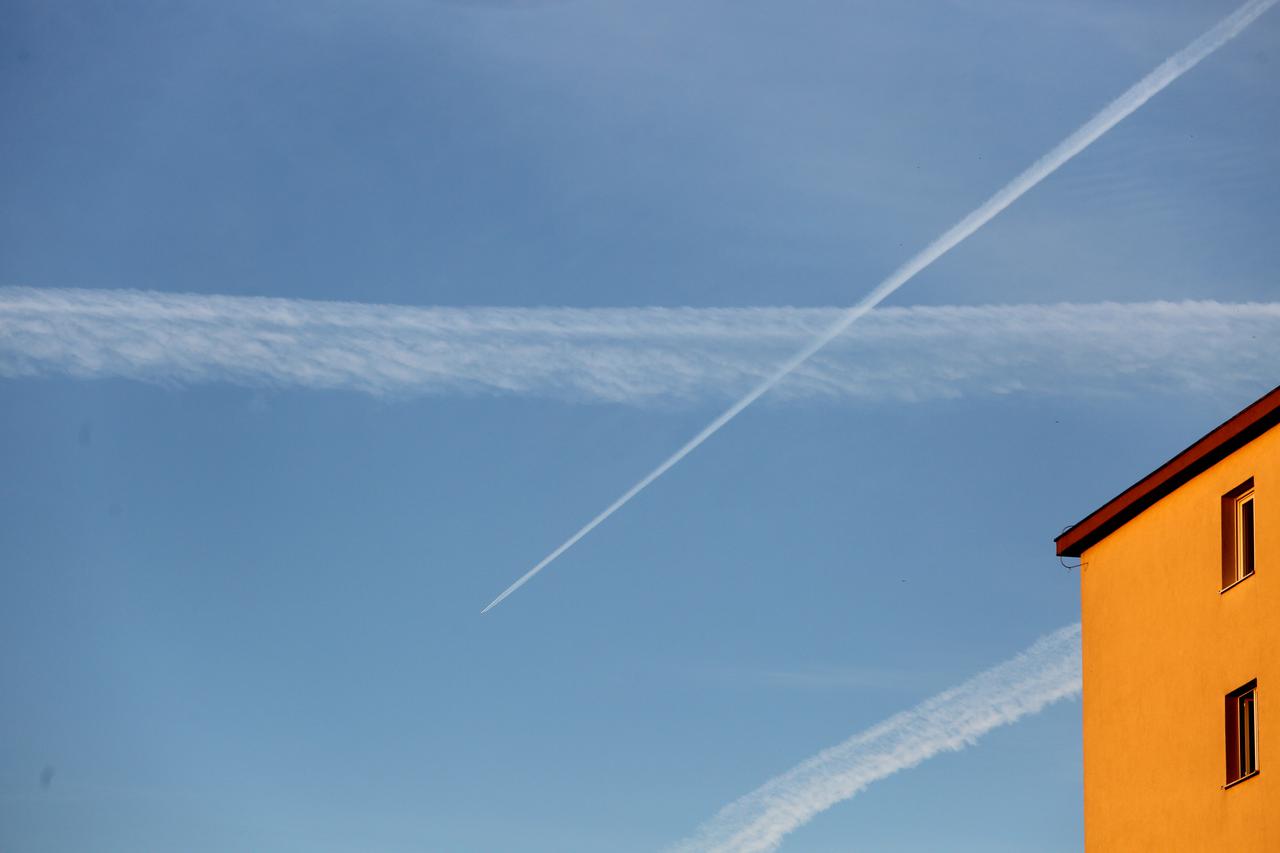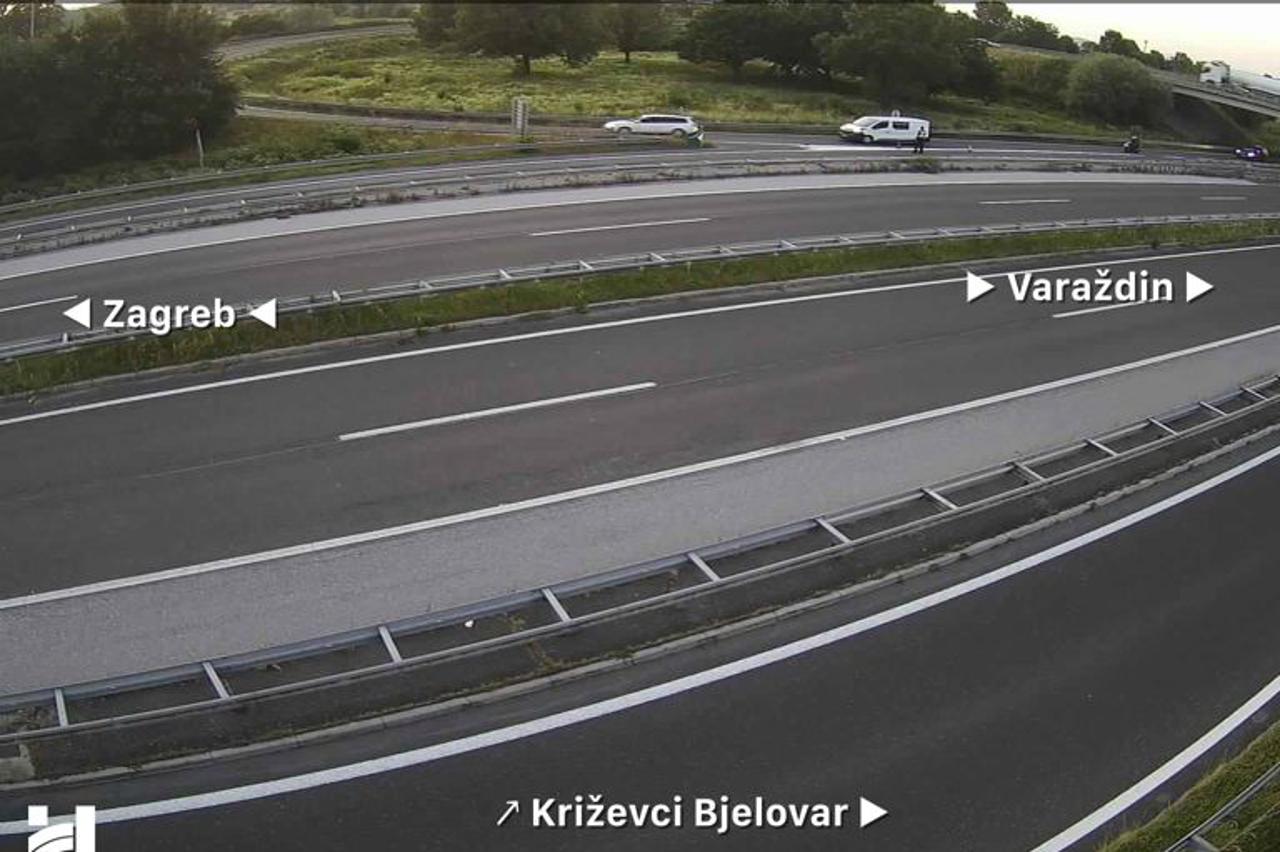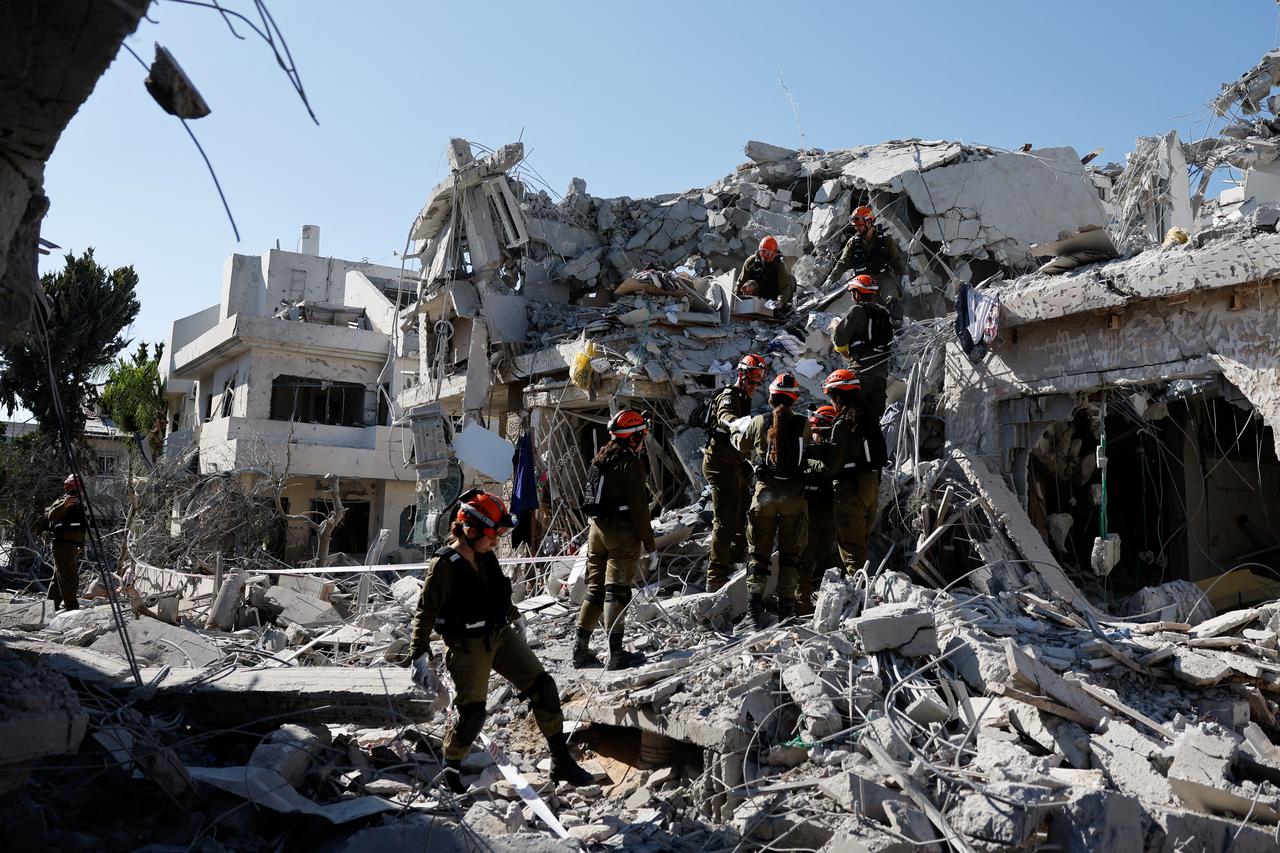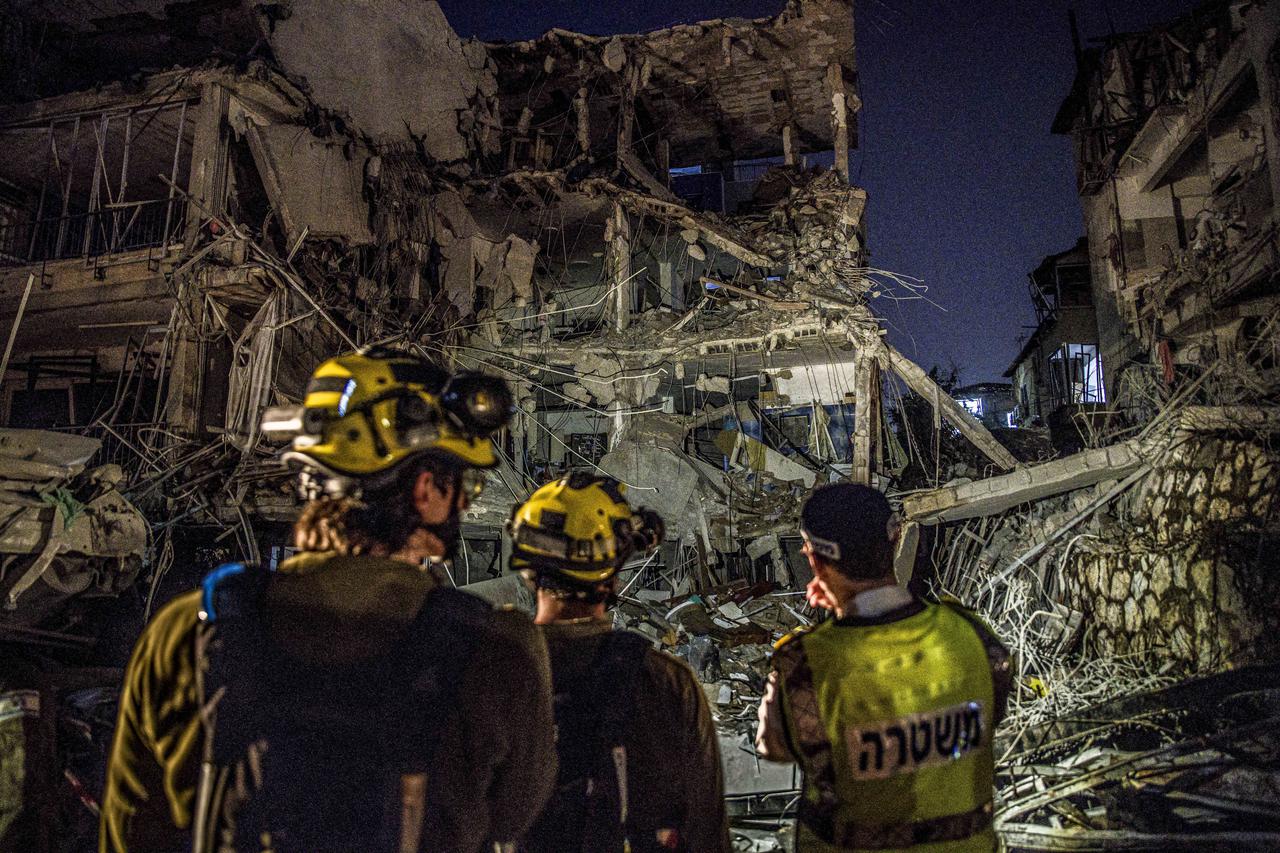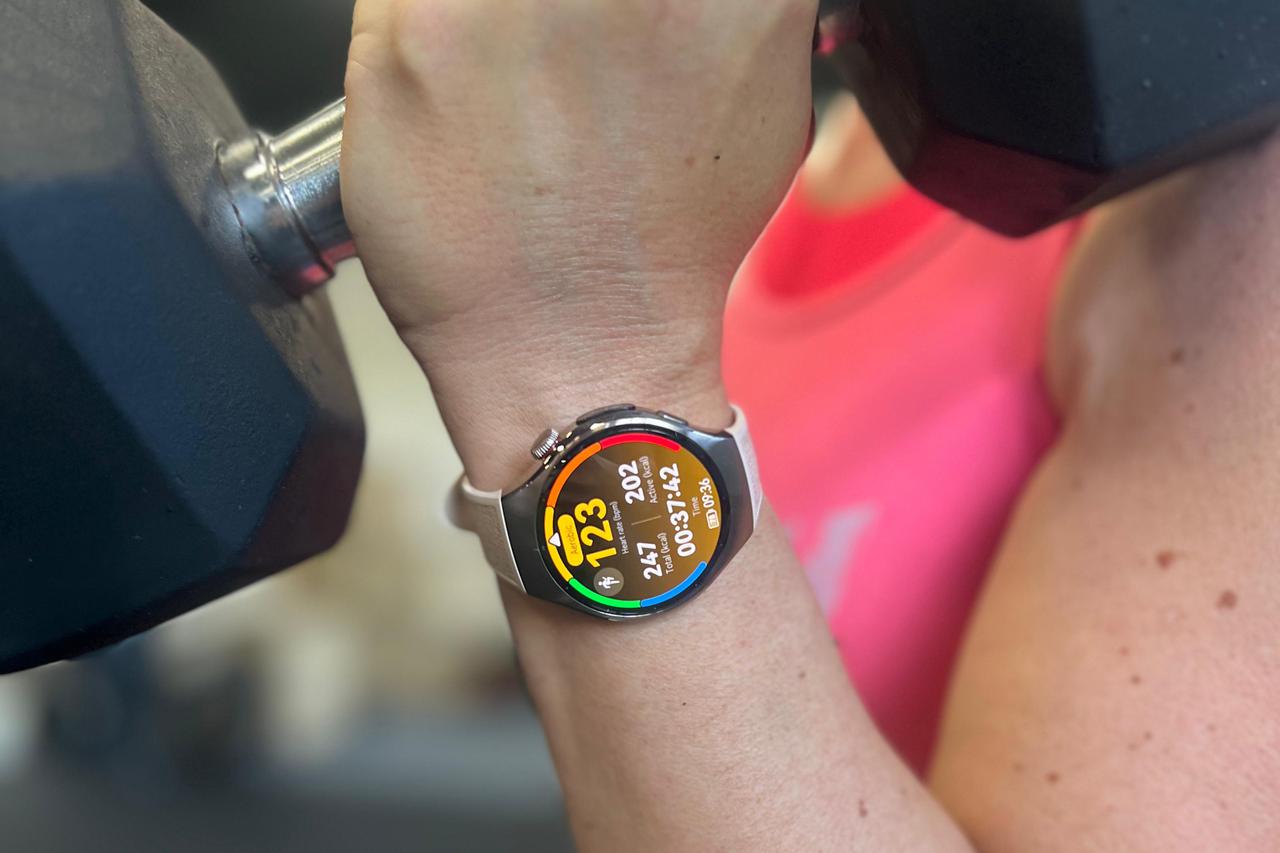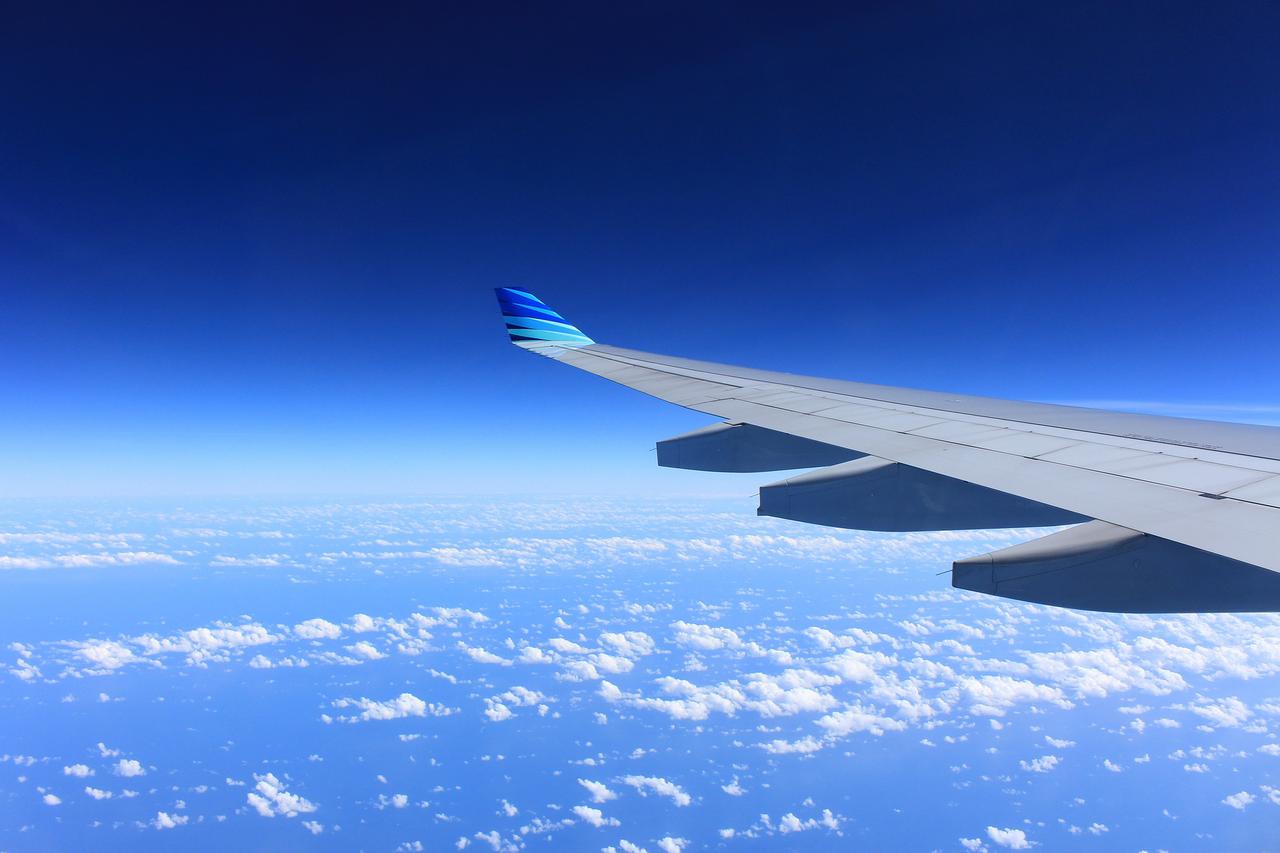The main topic of the article is the chemtrails conspiracy theory, which claims that airplanes release chemicals into the atmosphere for various malicious purposes. The article explains the scientific explanation of condensation trails (contrails) and emphasizes that there is no evidence supporting the existence of chemtrails. However, the theory is popular and has a significant number of followers worldwide, including some celebrities. In the US, a portion of the public believes in this theory, and some political figures have expressed concern. Historical experiments involving chemical dispersal are also mentioned, providing some basis for suspicion. Social media platforms are the main venues for spreading these theories, often linked with other conspiracy theories and skepticism towards official information.
Political Perspectives:
Left: Left-leaning sources tend to emphasize the lack of scientific evidence supporting chemtrails theories and highlight the dangers of misinformation spreading on social media. They often connect chemtrails beliefs with broader issues such as anti-vaccine movements and climate change denial, warning about the societal harm caused by conspiracy theories.
Center: Center-leaning sources provide balanced coverage, explaining the scientific facts about contrails and acknowledging the popularity of chemtrails theories among certain groups. They focus on debunking false claims while recognizing the historical context of chemical testing in the past, aiming to inform the public with factual information.
Right: Right-leaning sources may give more attention to the concerns expressed by some political figures and activists who believe in chemtrails, sometimes portraying the theory as a legitimate suspicion of government secrecy. They might emphasize distrust in government and official narratives, and highlight the role of social media influencers in spreading these ideas.







